Why USL Will Eclipse MLS And It Won’t Even Be Close
The biggest shift in US soccer isn’t happening in MLS boardrooms, it’s happening in hometowns. And the USL is owning it.
I’ve teased this topic in a few of my recent pieces. That’s because I didn’t want to just throw it out there for noise. I wanted to sit with it, dig deeper, pressure-test it. But it’s time.
So here it is: not only is the USL going to compete with MLS…
It’s going to overtake it.
And yes, MLS stakeholders should be very concerned.
The tectonic plates beneath US soccer are shifting. And they’re moving in favour of community-driven football, promotion-relegation, and clubs that actually mean something to the people who show up every Saturday. That’s USL territory.
As I’ve said before: the future of football isn’t digital, it’s global. But more than that, it’s local first. And there is no country on Earth right now with a greater untapped appetite for the beautiful game than the United States. The ingredients are there. All the USL needs to do is bake the cake.
As per data referenced in a previous piece of mine on football’s global future, MLS now ranks second globally in average stadium attendance, just behind the Premier League. That’s not a fluke. That’s a signal.
For years, the USL has been seen and positioned as a second-tier league. The quiet understudy to MLS. That script has just been torn up. Promotion and relegation has been approved. The door is open for something bigger. Something better.
And while MLS is boxed in by franchise fees, territorial exclusivity, and an ownership model that stifles spontaneity, the USL’s strength lies in the one thing MLS can’t manufacture: authentic community.
There are entire regions of America that bleed soccer, but have no local MLS club to represent them. That’s where USL wins. More teams. More cities. More local stories. More reasons to care. In time, USL won’t just have more presence, it’ll have more power.
To every USL club owner, investor, and operator reading this:
You’re not building a knock-off version of the big leagues.
You’re building something original. Independent. Authentic.
This is your blank canvas moment. The storytelling, the club identities, the community activations are yours to define. This is your opportunity to create legacy clubs, not legacy systems.
So stop looking sideways at what the Premier League or LaLiga are doing. You don’t need to replicate Real Madrid. You need to resonate with Richmond, Tulsa, Albuquerque.
Be bold. Be unexpected. Be local.
Because if you do, the takeover won’t just be possible.
It’ll be inevitable.
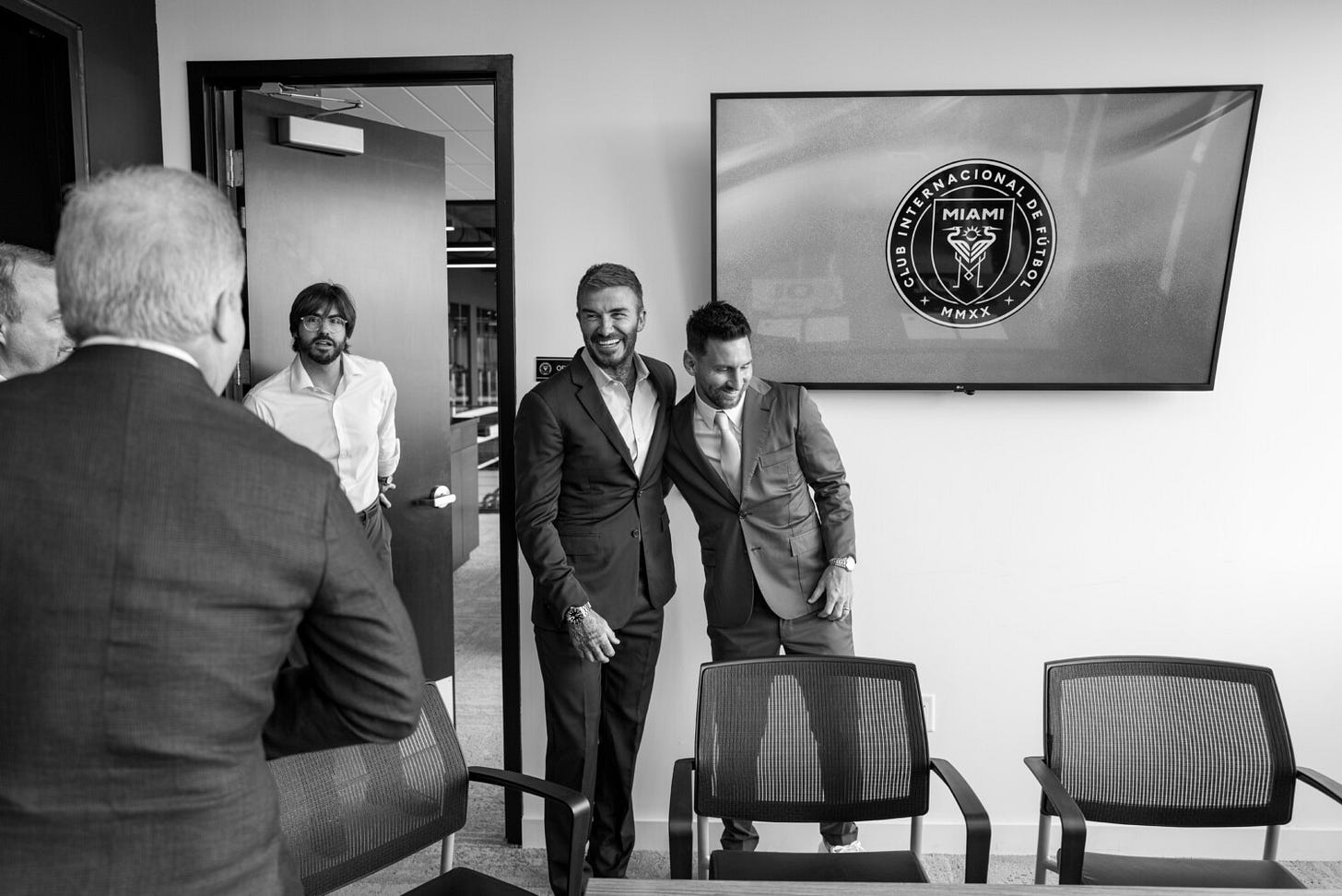
The Limitations of the MLS Model
The MLS was built like a start-up: controlled growth, centralised decision-making, predictable revenue streams, and a single-entity structure that hedges against risk. For investors, it made perfect sense. For fans? Not so much.
It’s a league where expansion fees run into the hundreds of millions, but clubs still lack true independence. Where roster rules are confusing, and local player development is an afterthought compared to signing the next ageing European star.
And worst of all? It’s closed. There’s no path from the bottom to the top. No dreams of underdogs rising through the ranks. Just the same dozen storylines in different shirts.
That’s not how football should feel.
The USL’s Strategic Advantage
Here’s where it gets interesting.
The USL is not burdened by the same structural limitations. The recent approval of promotion and relegation isn’t just a change of format, it’s a philosophical pivot. It means that every club in the ecosystem has something to fight for. It breathes life into competition.
And this isn’t a distant dream. The USL is already laying the groundwork. A new top-tier league, USL Division One, is set to launch as early as 2027, with promotion and relegation scheduled to be fully in play by 2028. The system is coming. And it’s coming fast.
Justin Papadakis, USL COO, put it perfectly: “Promotion and relegation aligns with the spirit of sport – it drives competitiveness, and it drives investment.”
And unlike MLS, the USL isn’t chasing a broadcast-first, top-down product. It’s cultivating a bottom-up culture. That means grassroots football, loyal supporters, and club identities that actually reflect the soul of the city.
This is an ecosystem with room to experiment. To innovate. To build.
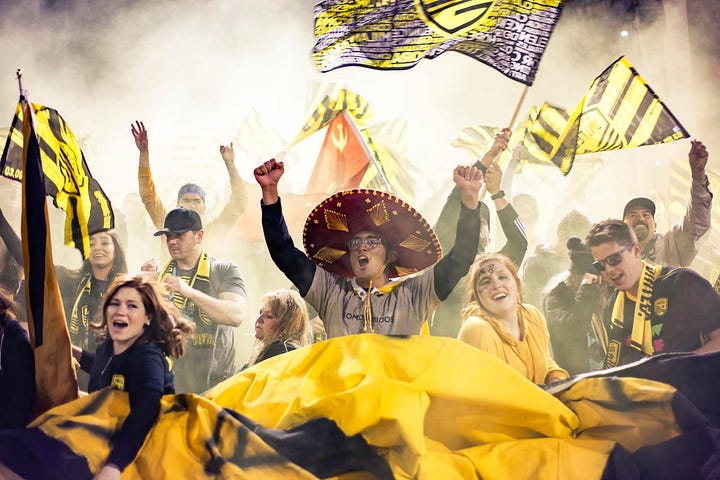
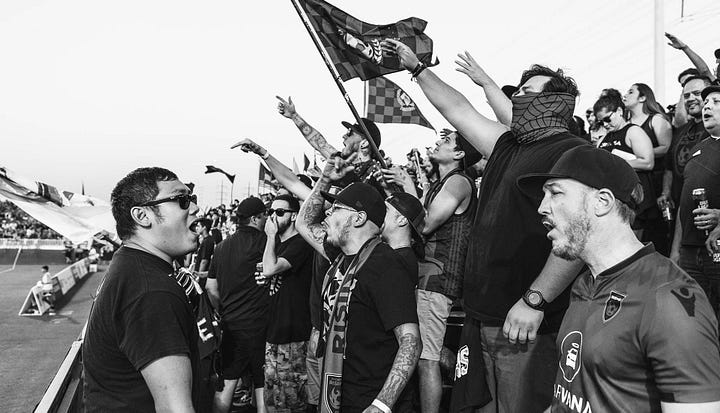
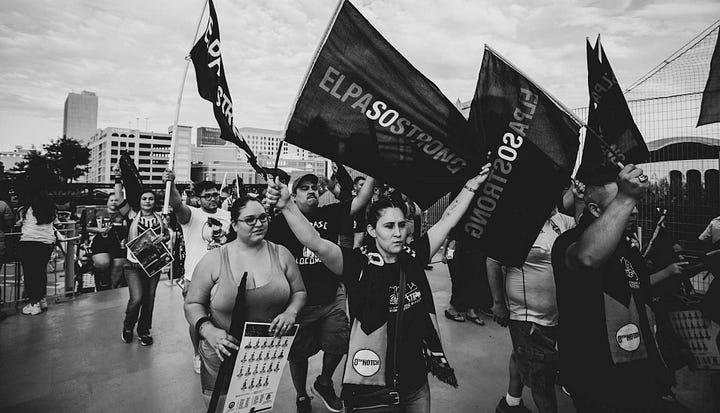
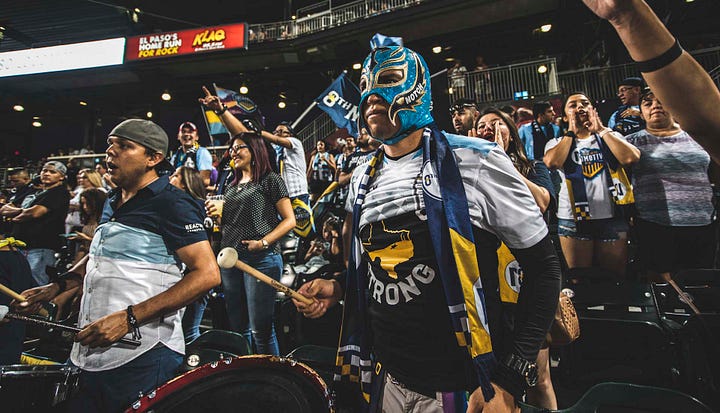
Community as the Engine
What’s MLS’s biggest weakness? It’s not bad football. It’s disconnection.
Too many MLS clubs feel like brands parachuted into a city. But USL clubs? They’re showing up in the places where football is needed, not just profitable. Where a stadium is the beating heart of a town, not just a commercial venture next to a Shake Shack.
Look at New Mexico United. Look at Detroit City. Look at Oakland Roots. Look at Rhode Island FC. Look at Lexington SC. These aren’t just clubs. They’re cultural assets. They’re brands that stand for something.
New Mexico United’s owner Peter Trevisani has said: “This club isn’t just about soccer. It’s about being a force for good in our community. The game is the platform, but the goal is belonging.”
When clubs are woven into the fabric of their community, you create something bigger than sport. You create identity. That’s the fuel USL runs on.
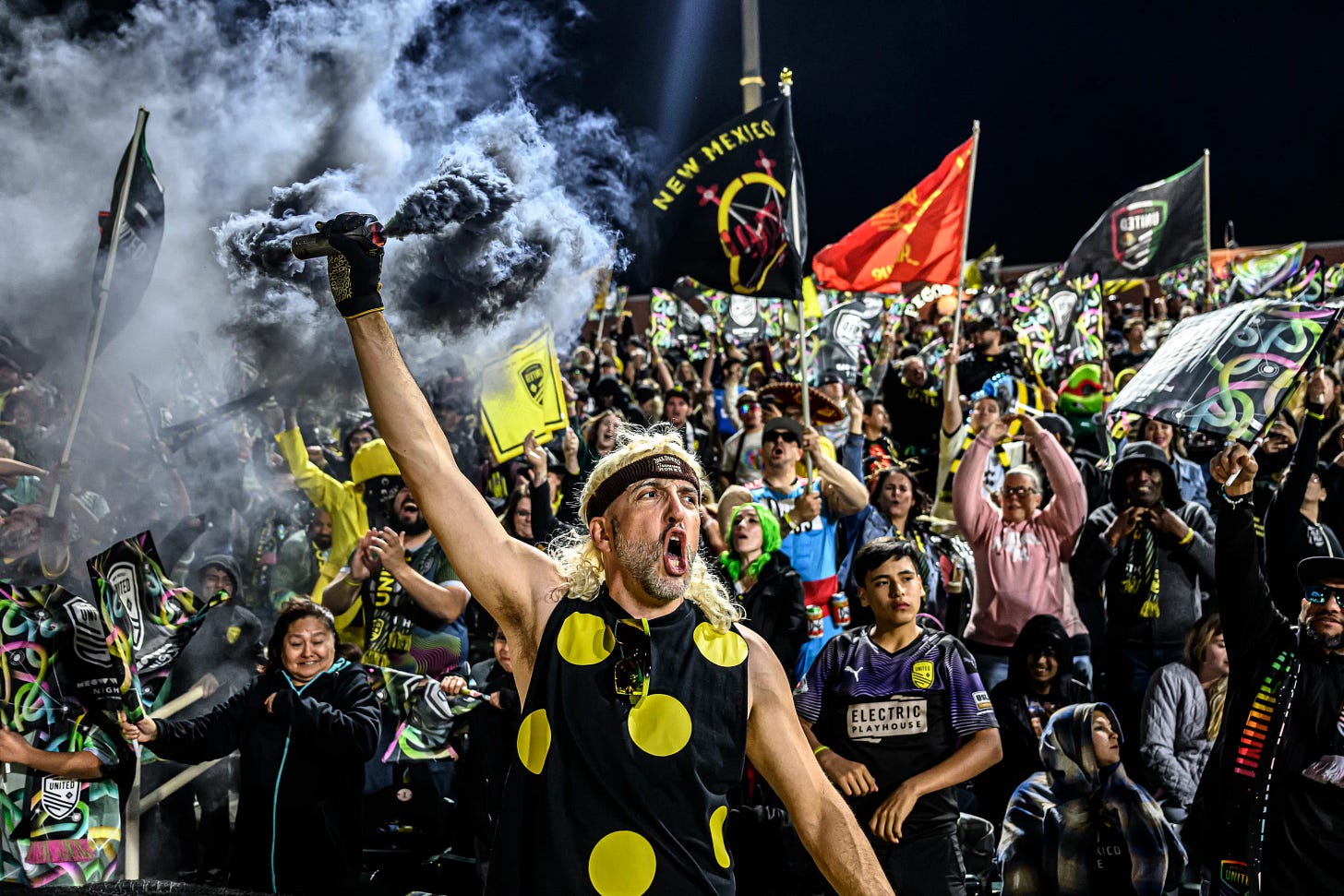
What Stakeholders Need To Do Next
If you’re building within the USL framework, the opportunity ahead of you is generational.
Build your brand around values, not just visuals.
Activate hyper-local strategies rooted in real community insight.
Let your club’s identity reflect your city – not a carbon copy of a top-tier brand.
Treat your club like a start-up with soul – with the right story, even the smallest club can build legacy.
Think like a challenger brand. Liquid Death. Patagonia. Brands that didn’t follow a playbook. They created their own.
And most importantly: don’t default to copying Europe. Learn from them, sure. But this is your sandbox.
Create the blueprint. Don’t borrow one.
Why the Global Game Will Be Won Locally
US soccer is no longer the sleeping giant. It’s waking up. And it won’t be won by whoever has the biggest stadium or the glitziest marketing campaign. It’ll be won by whoever makes fans feel something.
The USL has a chance to build the most exciting football league in the world. Not the most expensive. Not the most watched. But the most loved.
The takeover is coming.
And it won’t look like MLS 2.0.
It’ll look like the future of football in America is finally arriving.
I don’t just write about the future of football, I help shape it. If this hit a nerve, I’m probably already thinking about how we could build something together.
Thanks for reading GAMEPLAYER.
Through CAOS, GAFFER, and over 100 football contracts, transfers, brand deals, and equity-driven partnerships, I’ve seen power shift from clubs to investors, brands to athletes, and legacy to culture.
I break down what matters. Private equity takeovers, athlete-led media, billion-dollar sports IP, and the future of merchandising and streaming.
This isn’t just commentary. It’s about who’s making the real moves and what’s coming next.



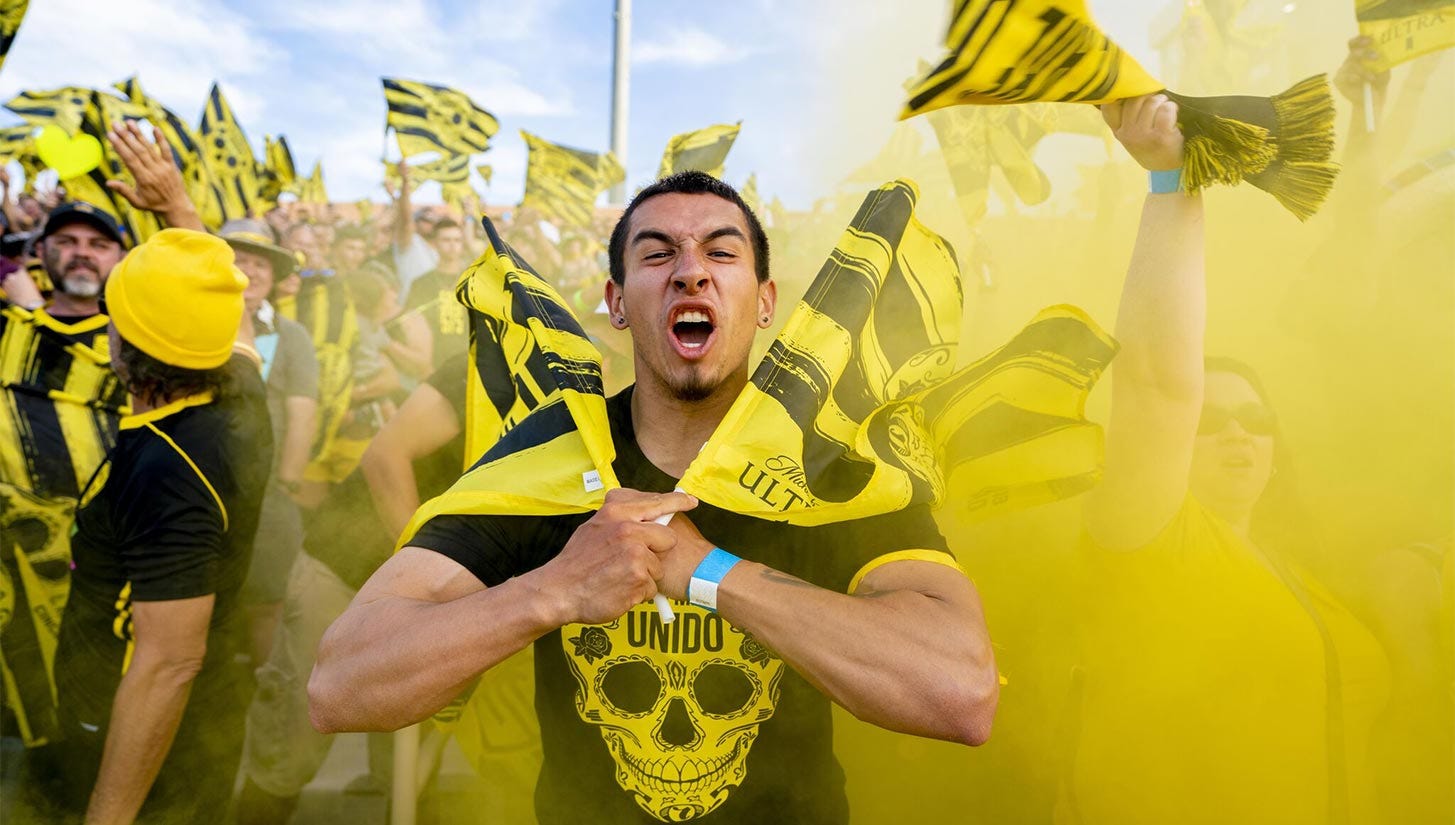
Some interesting points here but I think this comes across very matter of fact when there is a lot more nuance
You're right to emphasise the authenticity and community building that's happening in USL. They've been shrewd with where they have chosen to place teams. However, there are some good examples also in MLS like Sounders, Timbers, Atlanta etc.
Promotion/ relegation within USL is still confined to a three league structure. Sure, it adds a bit of jeopardy but I think that context needs to be factored in. This isn't like in Europe where a club can rise from nothing or disintegrate entirely.
I actually would love to see this happen, but in practice I think it will be difficult to overtake the MLS. It just comes down to money. USL teams play in smaller stadiums and many teams play in smaller cities, which limits exposure/attendance. Soccernomics talks about how teams in Europe from smaller factory towns have been outbid by teams from the big city with large pocketbooks. Unless there is a huge influx of cash, players that have the choice will always choose the MLS over USL.